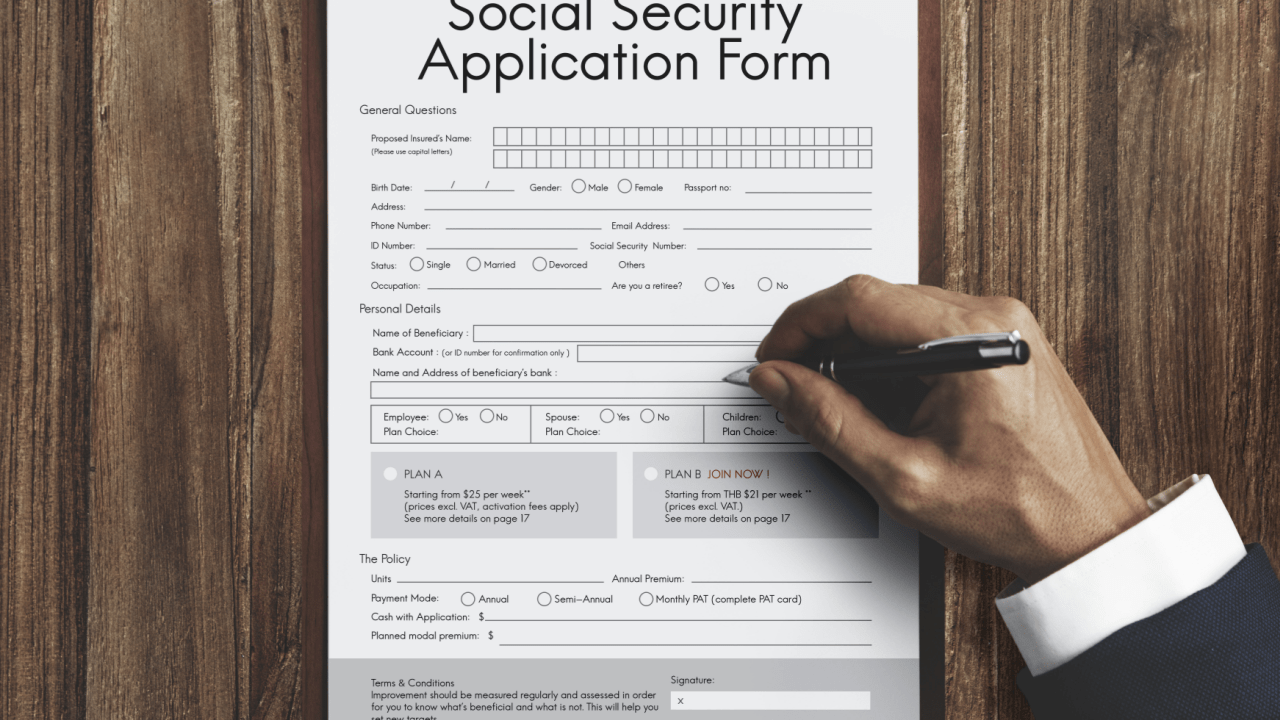
What Are 14 Major Types of Disability? Classification Guide
What Are 14 Major Types of Disability? Understanding Disability Classifications
What are 14 major types of disability that affect millions of people worldwide? Understanding these classifications helps create more inclusive environments and better support systems. This comprehensive guide explores each disability type with clear definitions and practical examples to enhance awareness and accessibility.
Disability classifications provide essential frameworks for healthcare, education, and social services. By learning what are 14 major types of disability, individuals and organizations can better understand diverse needs and implement appropriate accommodations.
The Complete List of 14 Major Disability Types
Physical Disabilities
Physical disabilities affect body movement, coordination, or physical functioning. These conditions include limb differences, paralysis, and mobility impairments that may require assistive devices like wheelchairs or prosthetics.
Intellectual Disabilities
Intellectual disabilities involve limitations in cognitive functioning and adaptive behaviors. Individuals may experience challenges with reasoning, problem-solving, and daily living skills that manifest before age 18.
Visual Impairments
Visual disabilities range from partial sight to complete blindness. These conditions affect daily activities and may require accommodations like screen readers, braille materials, or guide dogs.
Hearing Impairments
Hearing disabilities include partial hearing loss to complete deafness. Communication may involve sign language, hearing aids, or cochlear implants depending on individual needs.
Mental Health Disabilities
Mental health conditions affect emotional regulation, thinking patterns, and behavior. Examples include depression, anxiety disorders, bipolar disorder, and schizophrenia that significantly impact daily functioning.
Learning Disabilities
Learning disabilities affect how individuals process information despite average or above-average intelligence. Common types include dyslexia, dyscalculia, and dysgraphia affecting reading, math, and writing skills.
Neurological Disabilities
Neurological conditions affect the nervous system and brain function. Examples include epilepsy, multiple sclerosis, Parkinson’s disease, and traumatic brain injuries with varying symptoms and severity levels.
Developmental Disabilities
Developmental disabilities begin during childhood and continue throughout life. These conditions affect physical, learning, language, or behavioral development requiring ongoing support and services.
Additional Major Disability Categories
Speech and Communication Disorders
Communication disabilities affect speech production, language understanding, or voice quality. Conditions include stuttering, apraxia, and language processing disorders that impact social interaction.
Chronic Health Conditions
Invisible disabilities include chronic illnesses like diabetes, fibromyalgia, chronic fatigue syndrome, and autoimmune disorders. These conditions significantly impact energy levels and daily activities.
Mobility Disabilities
Mobility impairments affect movement and physical navigation. These disabilities may result from injury, illness, or congenital conditions requiring assistive technology or environmental modifications.
Cognitive Disabilities
Cognitive disabilities affect memory, attention, and executive functioning. Conditions include dementia, attention deficit disorders, and acquired brain injuries impacting thinking processes.
Autism Spectrum Disorders
Autism affects social communication, sensory processing, and behavioral patterns. The spectrum includes various support needs and unique strengths requiring individualized approaches.
Multiple Disabilities
Multiple disabilities involve combinations of two or more disability types simultaneously. These complex conditions require comprehensive support addressing various needs and challenges.
Understanding What Are 14 Major Types of Disability in Practice
Recognizing what are 14 major types of disability helps communities develop inclusive policies and practices. Each category represents diverse experiences requiring different accommodations and support strategies.
Educational institutions benefit from understanding these classifications when developing individualized education programs. Employers use this knowledge to create accessible workplaces and reasonable accommodations for employees.
Healthcare providers apply disability classifications to deliver appropriate services and treatment plans. Social service organizations utilize these categories to match individuals with suitable resources and support programs.
Apply Your Knowledge of the 14 Major Disability Types
Now that you understand what are 14 major types of disability, take steps to create more inclusive environments in your community, workplace, or organization. Visit SocialSecurityDisability.com for additional resources, expert guidance, and comprehensive information about disability rights and benefits. Share this knowledge to promote awareness and advocate for accessibility improvements that benefit everyone.
Frequently Asked Questions
1. What Are the Most Common Types Among the 14 Major Disabilities?
Physical disabilities, learning disabilities, and mental health conditions represent the most prevalent types affecting millions globally. Mobility impairments and chronic health conditions also impact large populations.
2. How Do Healthcare Professionals Use These 14 Disability Classifications?
Healthcare providers use these categories for diagnosis, treatment planning, and service coordination. Classifications help determine appropriate interventions and support services for individual needs.
3. Can Someone Have Multiple Types from the 14 Major Disability Categories?
Yes, individuals can experience multiple disabilities simultaneously. Co-occurring conditions require comprehensive assessment and coordinated care addressing various needs and challenges.
4. Are These 14 Types Recognized Internationally for Disability Services?
While specific classifications may vary by country, these major categories represent globally recognized disability types used in healthcare, education, and social services worldwide.
5. How Do These 14 Classifications Help with Workplace Accommodations?
Understanding disability types helps employers identify appropriate workplace modifications, assistive technology needs, and support strategies to ensure equal employment opportunities and accessibility.
Key Takeaways
- The 14 major disability types provide comprehensive classification for physical, intellectual, sensory, developmental, and other conditions
- Each disability type requires specific accommodations and support strategies tailored to individual needs
- Understanding these classifications promotes inclusion in education, employment, and community settings
- Multiple disabilities can co-occur, requiring coordinated care and comprehensive support systems
- These categories guide policy development, service provision, and accessibility improvements across various sectors


